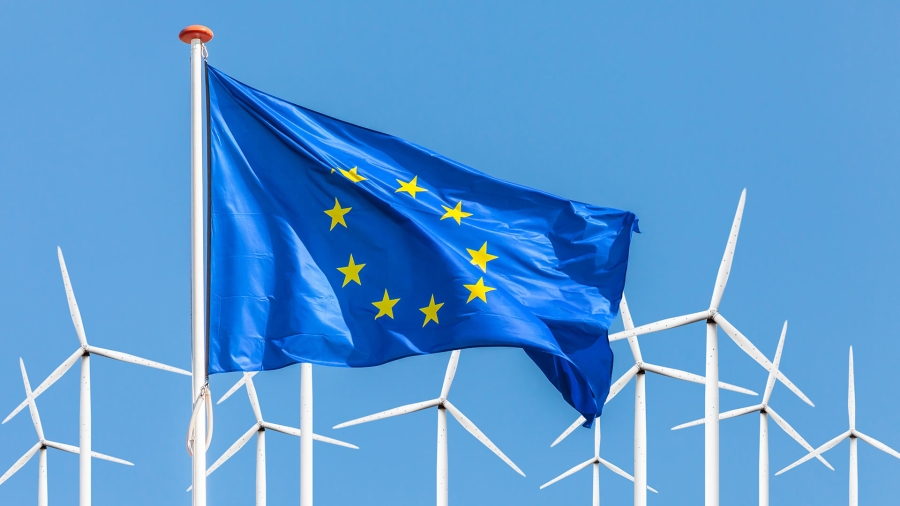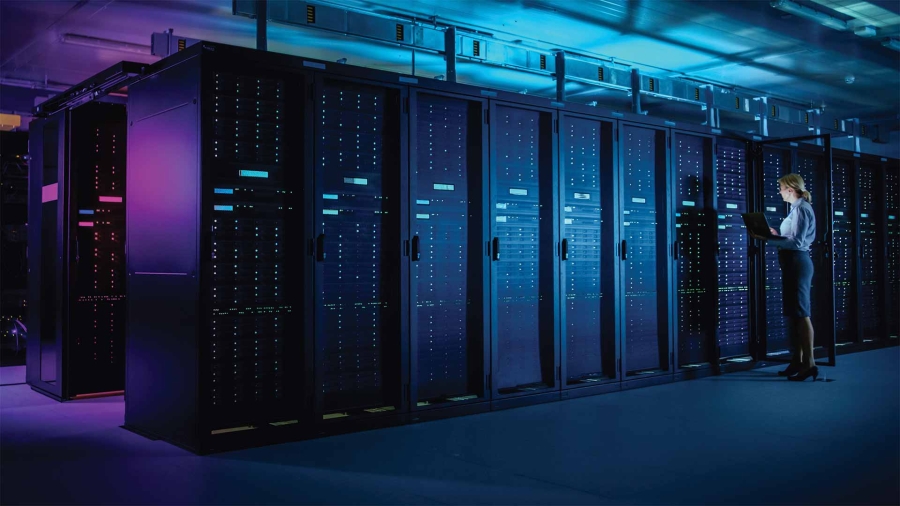Ulrike Decoene, Group Chief Communications; Brand and Sustainability Officer, AXA
Olivier Blum, Chief Strategy and Sustainability Officer, Schneider Electric
- The EU taxonomy is a recently adopted classification system, establishing a list of environmentally sustainable economic activities.
- The regulatory framework is designed to help investors make informed decisions but its limitations must be addressed.
- We highlight three areas that need consideration and explain how taking a detailed approach can facilitate a sustainable future.
The EU taxonomy is set to be a game changer for the deployment of the Green Deal in Europe. Designed to direct private finance to truly environmentally sustainable activities, the initiative also promises to help investors avoid potential greenwashing and clarify the environmental credentials of their firms’ investment strategies.
By establishing a classification system for sustainable economic activities, the timely initiative provides much needed direction on how to classify green revenue. It also has an important role to play in channeling investment toward sustainable solutions in Europe, and hence will impact corporate disclosures, sustainability strategies, innovation and growth.
Building such a framework is a very good step forward, but not a panacea. It’s important that we continue to build upon the taxonomy to accelerate the transition towards a more sustainable future in Europe and beyond, and to ensure that key levers required for achieving net-zero are not neglected.
The regulatory framework has already been adopted, yet three pivotal questions that need to be addressed remain:
1. Key sectors are currently missing from the taxonomy
The EU taxonomy mainly looks at the activities of either high-emitters or zero-emitters. It does not, however, adequately address economic sectors in between – which emit moderate levels of emissions -- and have an important role to play in the transition towards net-zero. In addition, the taxonomy fails to address the role of numerous associated activities that will be important for facilitating lasting and effective decarbonization.
As a consequence, many solutions required for decarbonizing the economy, such as critical levers needed for accelerating electrification, are currently beyond the taxonomy’s scope.
For example, while the current framework does a good job at covering energy supplies such as renewable power, it fails to consider associated technologies (such as electrical equipment and industrial automation). These technologies are vital for integrating renewable energy into the grid and for managing how end-users use electricity generated from renewable sources. According to the European Commission, given that by 2050 over 80% of electricity consumed in Europe will come from renewables (up from 38% in 2020), it is pivotal that there is support for such electrical equipment at the grid and end-user levels.
Another example is in the field of industrial automation. Demand-driven automation technology has the potential to drive huge energy savings – for example, it reduces machines and plants’ energy usage by 10-25%, on average, in Germany. Despite this, again, it is currently overlooked.
These serve as just two examples of numerous technologies, currently under the radar, which are vital for improving energy efficiency and successfully transitioning to a sustainable economy. Move forwards, such areas need to be addressed in a pragmatic manner by the EU Taxonomy.
2. Updating list of green technologies is an ongoing task
Much is needed from the taxonomy, but it can’t be the end goal. The EU readily admits that more work needs to be put into the classification of a long list of green technologies in the coming months and ensuing years. This list needs to be both comprehensive and kept up to date. This will be a never-ending process, as innovation keeps progressing and new solutions emerge, and as other technologies remain overlooked, as outlined above.
Inevitably this approach will have loopholes. While we must seek to address them, on top of defining the rules, we also need to build upon the existing framework to better empower all.
Finding a better balance between a top-down classification system – as it is today – and a more principles-led approach, where the market has more room to specify what is green and what is not, is critical.
This approach would allow the taxonomy to better include industries and activities which are essential for transitioning to a decarbonized economy, and which will require significant funding and investment in the coming years.
Initiatives such as the International Platform on Sustainable Finance (IPSF), created by the European Commission, are key to fostering an ongoing dialogue between regulators, the private sector and civil society. Such dialogue is important for ensuring the continued development of appropriate standardized taxonomies, based on categories of solutions not adequately covered in the current delegated acts.
3. We need to build a globally compatible taxonomy
We believe in the power of the taxonomy, not only for the EU, but also for facilitating others to decarbonize. However, it’s not just about setting an example and the highest requirements. It’s also about simplicity, adequacy, pragmatism and global compatibility.
A key strength of European investments and businesses is that they often operate outside the boundaries of the EU. Vice-versa, investors from foreign markets also need to be able to access the EU’s capital markets. Building a strong business case for decarbonizing the economy, requires facilitating European companies to walk the talk and grow sustainably.
With other markets working on their own taxonomy systems – including China, the UK and the US – regulators need to make sure that the EU taxonomy aligns with other jurisdictions’ taxonomies. They should engage networks like the IPSF to ensure such frameworks work well together.
Companies and investors aspire for one unique taxonomy. A taxonomy applicable only to European activities will have limited value, both for international corporations and for global investors.
All in all, the EU taxonomy has the potential to become a reference point for and powerful driver of sustainability, if its limitations are addressed. The taxonomy must be expanded to cover all solutions that we need to decarbonize, lead the way and not just limit itself to the obvious.
The devil is in the detail, and our sustainable future depends on it.
This piece first appeared on the World Economic Forum’s Agenda site on 18 November 2021.













